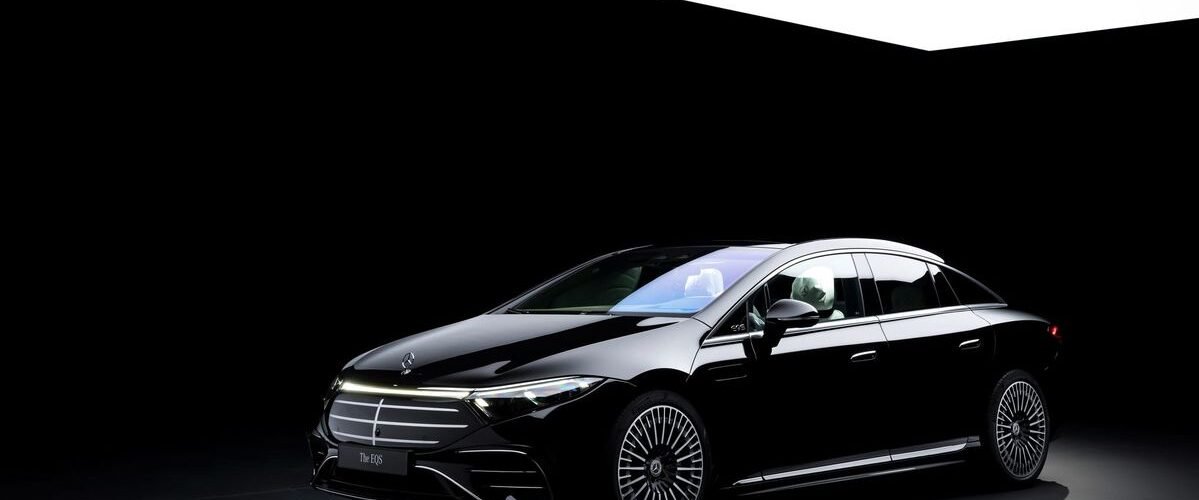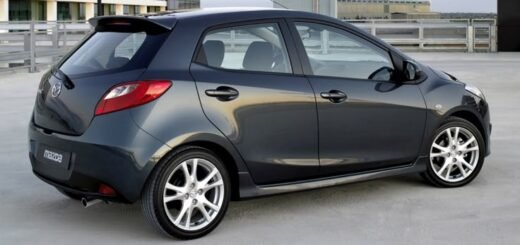EV Affordability: Analyzing Pricing Trends and Subsidies

Electric vehicles no longer sit in a niche category. Automakers now treat them as core products, and governments push them as key tools for climate and industrial policy. Yet affordability still decides how fast consumers adopt EVs. Even though more models enter the market with competitive performance and lower running costs, the upfront price continues to influence buyer hesitation. EV pricing trends now shift because of fast battery-cost reductions, aggressive competition from China, and large-scale investments in regional manufacturing. At the same time, subsidies evolve in every major market. This article explains how these forces reshape affordability and what buyers and policymakers gain from the newest developments.
Why EV price still dominates buyer decisions
Most consumers judge cars through upfront cost alone. Many of them recognize long-term savings from lower fuel and maintenance expenses, but they still hesitate when they see higher sticker prices. Surveys in multiple regions show that high upfront cost remains the number-one barrier to EV adoption. Car shoppers with tight monthly budgets rarely stretch for an expensive vehicle even if they know it saves money over five years. Automakers acknowledge this reality, so they now race to launch models that match or undercut combustion cars.
Global EV adoption numbers illustrate this dynamic. Sales passed 14 million units worldwide in 2024 and continue to grow, but the growth rate now depends heavily on price-sensitive markets. Countries with strong incentives and competitive pricing show faster adoption. Countries with weak incentives or higher charging costs show slower uptake. Every policymaker and every manufacturer understands this trend, so both sides now treat affordability as the central battlefield.
Battery prices drop faster and change EV economics
Battery packs represent the single biggest cost in an EV, sometimes accounting for 30% to 40% of total manufacturing cost. When battery prices fall, manufacturers gain room to reduce prices or offer longer ranges without raising retail cost.
Battery producers accelerated capacity build-out in 2024 and 2025. Several global suppliers opened new gigafactories, and Chinese manufacturers started exporting low-cost LFP batteries in unprecedented volumes. As a result, the global battery pack price dropped significantly. A sharp fall in lithium carbonate prices also contributed to this trend.
Lower battery prices deliver three important outcomes:
1. Cheaper new EVs
Manufacturers can now sell entry-level EVs at more competitive price points. More brands plan sub-$25,000 (or sub-₹10 lakh in India) models for launch in the next two years.
2. Better range at the same price
Automakers can fit larger packs without pushing vehicles into higher tax brackets or losing price competitiveness. This improvement reduces range anxiety and improves long-term value.
3. Higher resale value
Used EVs improve in value because buyers expect lower replacement battery costs. Leasing companies use this trend to offer lower monthly payments, which makes EVs more attractive for cost-conscious households.
Battery chemistry trends further reduce costs. LFP batteries now dominate the affordable EV segment because they require no nickel or cobalt. They deliver lower range than NMC batteries but offer adequate performance for city and commuter EVs. Automakers now adopt LFP chemistry even in mid-segment models because of its durability and cost advantage.
How subsidies shape affordability
Governments use incentives to accelerate EV adoption, but not every subsidy model produces the same outcome. The design of a subsidy determines who benefits, how fast adoption grows, and how stable the market remains.
Instant point-of-sale incentives
Some countries now provide EV rebates directly at the dealership. This approach lowers the upfront cost at the moment of purchase. Buyers who cannot wait for a year-end tax refund gain immediate financial relief. This model boosts conversion rates because customers feel the price drop instantly.
Income-based or targeted subsidies
Several governments now direct subsidies toward low- and middle-income households. These buyers often drive older, more polluting cars and face the greatest financial barriers. When these buyers receive targeted support, EV adoption becomes more equitable and emissions reduction becomes more impactful.
Scrappage schemes
Scrap-and-replace programs encourage owners of old combustion vehicles to retire them and switch to EVs. This policy cuts urban pollution and accelerates fleet renewal. Some countries offer higher rebates to buyers who scrap older diesel or high-emission vehicles.
Local manufacturing incentives
Many governments now push automakers to assemble EVs locally. Vehicles that meet local-production rules often qualify for higher incentives. This approach encourages job creation and investment while lowering import duties. It also reduces final consumer price because local production cuts logistics and tariff costs.
Affordability trends in global markets
United States
The introduction of point-of-sale rebates transformed the market. Customers can now apply the federal incentive directly at purchase. This change helps buyers with limited cash flow and increases adoption among middle-income households. Manufacturers that meet local-production rules see stronger demand because their models qualify for full credits.
Europe
European countries show mixed approaches. Some nations scaled back universal EV subsidies as budgets tightened. Others introduced sharply targeted incentives for low-income buyers, small businesses, or urban residents. Italy introduced one of the largest subsidy programs in 2025, offering sizable grants that reward scrappage and favor lower-income buyers. These programs help middle-class drivers access EVs they previously viewed as unaffordable.
China
China continues to lead global affordability. Domestic automakers such as BYD, Nio, and SAIC drive aggressive price competition. Several Chinese EVs now start below $10,000. Strong local supply chains, massive economies of scale, and battery manufacturing dominance give China a structural cost advantage. These forces pressure global automakers to lower prices or develop new low-cost platforms.
India
India’s EV affordability story looks different because two-wheelers dominate personal mobility. State and national schemes now support electric scooters, rickshaws, and commercial fleets. Delhi and other states plan new policies that increase incentives for delivery drivers and ride-hailing fleets. These policies encourage rapid electrification of high-mileage segments. The government also encourages local cell manufacturing and EV assembly, which reduces import dependence and cuts consumer prices over time.
What truly improves affordability
Policymakers and manufacturers now understand that four strategies deliver the fastest improvements:
- Offer instant purchase discounts so buyers feel the difference immediately.
- Target incentives toward low- and middle-income households and small businesses.
- Fund charging infrastructure to reduce anxiety and increase EV practicality.
- Encourage local manufacturing to cut tariffs and supply-chain costs.
These strategies reduce upfront cost and operating cost simultaneously. When governments maintain predictable programs, consumers and automakers plan long-term investments with confidence.
Conclusion
EV affordability now improves through a combination of advancing technology and smarter government policy. Battery prices fall at the fastest rate in years, new gigafactories open across multiple continents, and competition drives automakers to launch lower-priced EVs. Governments strengthen affordability through point-of-sale incentives, targeted subsidies, scrappage programs, and local manufacturing benefits.
Consumers now gain more choices, better ranges, and lower prices than ever before. As manufacturers scale production and policymakers refine incentives, EVs move closer to price parity with combustion cars across every major market. The next three years will likely deliver the strongest drop in EV prices the world has seen, and affordability will continue to accelerate global adoption.
Also Read – Volkswagen Golf GTI Review — Performance, Price, Indian Launch Updates













